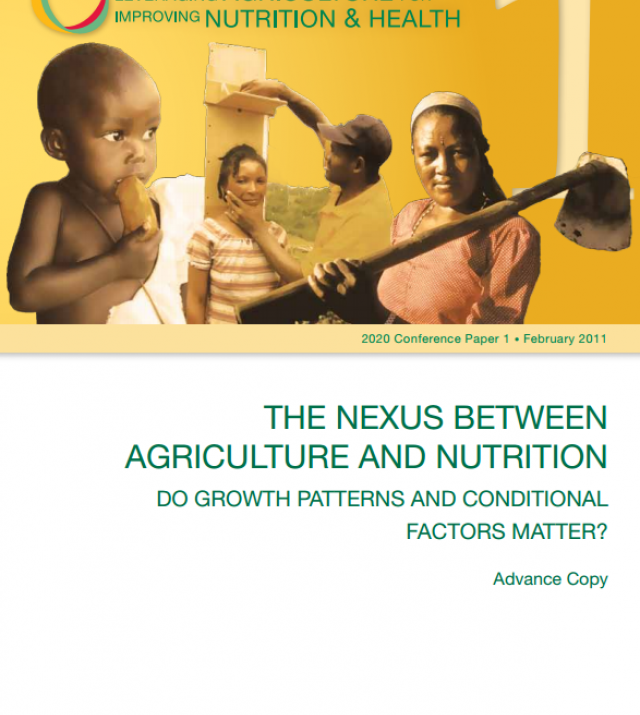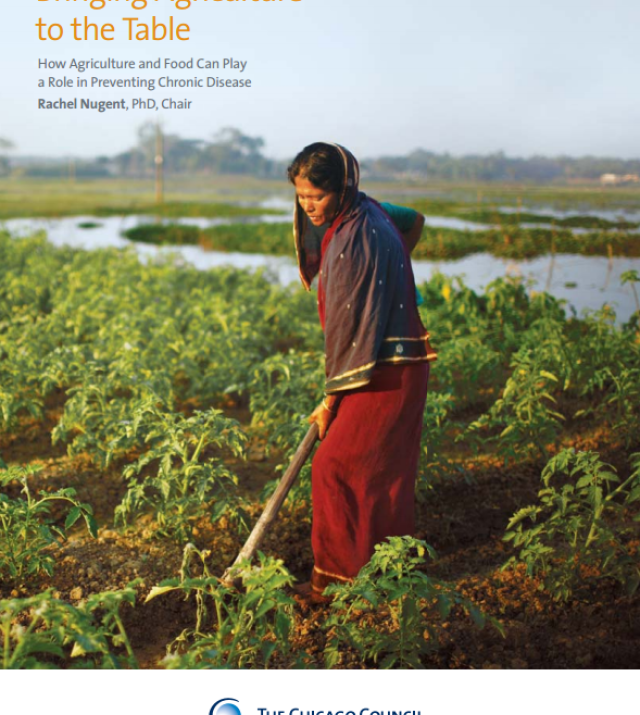Leveraging Agriculture for Improved Nutritional Outcomes
Moderator: Paul Sommers, Senior Agriculture Technical Consultant, Mercy Corps
At the household level, agriculture, food, and nutrition decisions as well as actions are linked. Yet projects continue to struggle with how to effectively link their agriculture and nutrition components to achieve food security aims.
Paul began by challenging participants that they likely see themselves as agricultural specialists doing agriculture work or nutritionists doing nutrition work. He noted that to improve the situation at the household level there needs to be a shift where everyone can see themselves as united practitioners improving food security.
In order to put this theme into practice, small groups composed of both nutritionists and agriculturalists were each given a different case study of locally grown crops. They were asked to answer two questions. How would you propose to use the value chain approach to improve both nutritional outcomes as well as income for poor farming households? And where in the value chain do you see the most strategic interventions? During the process the participants noted the difficulties with only looking at the problem from their perspective of strictly agriculture or strictly nutrition. Agriculturalists had a better understanding of the nutritional value of the crop while nutritionists better understood the market value of that same crop. These two groups of subject matter specialists, with a clearer understanding of the others view of the crops “value,” gained an understanding for designing program synergies that would result in both improved income and nutritional outcomes.
The session ended with the group endorsing this approach as a unifying strategy that should be integrated into programming for more effective outcomes.
The Way Forward: Participants made recommendations in the following areas:
Knowledge SharingTOPS should create a platform where nutritionists and agriculturalists can share experience and plan jointly (ed. see Nutrition and Agriculture Linkages in Africa-NALAN- interest group on fsnnetwork.org)
Offer this session at future knowledge sharing meetings.
Identify cases of integrating agriculture and nutrition from FFP’s Food Aid and Food Security Assessment (FAFSA) review and present them at the next FSN Network knowledge sharing meeting.
Broaden the discussion to involve other specialties (e.g. behavior change, social marketing, value chain/market analysis) in discussions over integration.
Develop and disseminate lists of high-value foods both in terms of value chains as well as nutrient content.
Program Design
Promote agriculture and nutrition joint meetings from the design phase, through development of action plans, and from the beginning to end of project implementation.
With new seeds being introduced, communities need to be educated and understand the benefits of the crops before planting.
Good sound, nutrition-sensitive planning is needed, with linkages, identification of potential problems using community-level participatory methods, prioritizing key health and nutrition problems, and mapping and identifying the nutrition profile of crops.
Capacity Strengthening and Tools
More guidance is needed on how to measure nutritional outcomes from agriculture projects, especially in short term/recovery projects where it might be difficult to see a change in nutrition
Capacity must be built in social and behavioral change approaches for both nutritionists and agriculturalists.

